The A-Z Of Music-Making: The Q’s & R’s – From Quantisation To Reverb
Marc JB once again returns with more essential musical terms without the jargon; from learning how quantisation can transform your rhythm to the power reverb… (Click the titles for the best of each definition) 1. Quantisation A process used to correct timing errors by bringing notes in line with specific divisions of a bar or […]
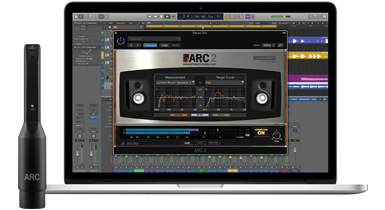
Marc JB once again returns with more essential musical terms without the jargon; from learning how quantisation can transform your rhythm to the power reverb…
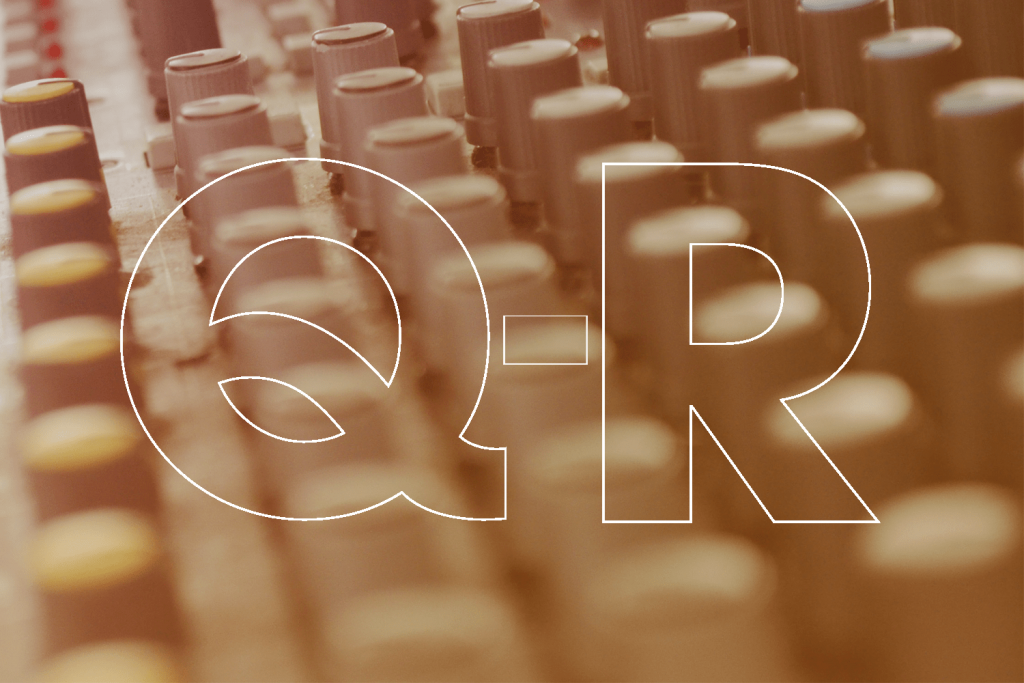
(Click the titles for the best of each definition)
1. Quantisation
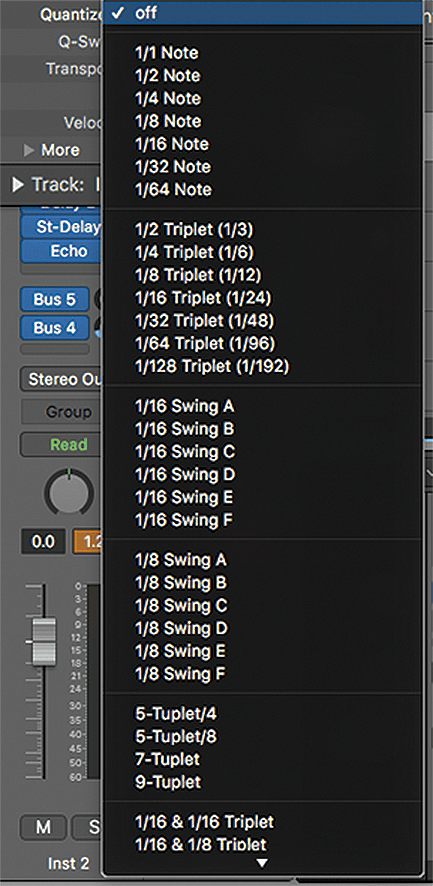
A process used to correct timing errors by bringing notes in line with specific divisions of a bar or sequence of music. A 1/16 quantise will bring notes into the nearest 1/16th time slot of a 4/4 bar.
A swing quantise will groove the notes slightly forward or back from each particular division. A 1/16T quantise is a triplet quantise, used for music with a shuffle or swing feel. Iterative quantise will bring notes a certain percentage towards the underlying quantise positions.
2. Quaver
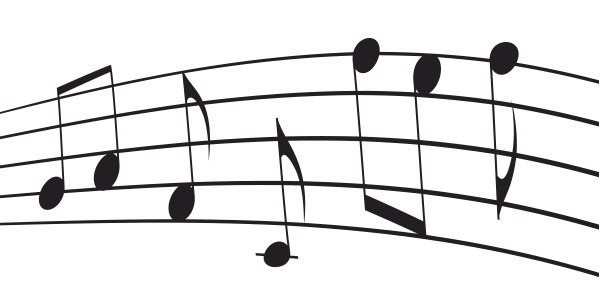
A length of musical note. In 4/4, there are eight quavers in a bar. Also a tasty snack.
3. Remix
This is the process of taking a mix – often belonging to a different artist – and altering it to make it sound more or less like a new tune. The original audio for a remix project could be complete project stems, an a cappella, or even one short noise. Remixes are a great way for record companies to get their tunes onto specialist radio and into underground clubs.
4. Reverb
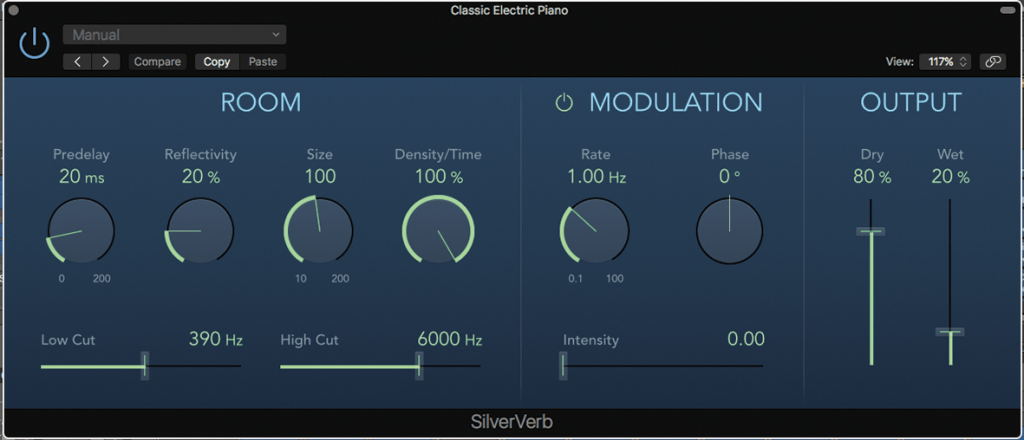
Reverb refers to the echoes in a space. Walls, floors and ceilings reflect sound; these first reflections are called ‘early reflections’. The sound then bounces around; these are called ‘late reflections’.
Digital reverbs use algorithms to simulate spaces: this is a time-based delay effect. Convolution reverbs sample the space and recreate it in software. Here are some different types of reverb:
- Room reverb: short and bright, great for drums and fast, transient instruments
- Hall reverb: long, lush, great for instruments and vocals
- Plate reverb: a mechanical reverb generator which uses metal plates
- Non-linear reverb: it’s the sound of reverb on 80s drums.
5. Room Correction
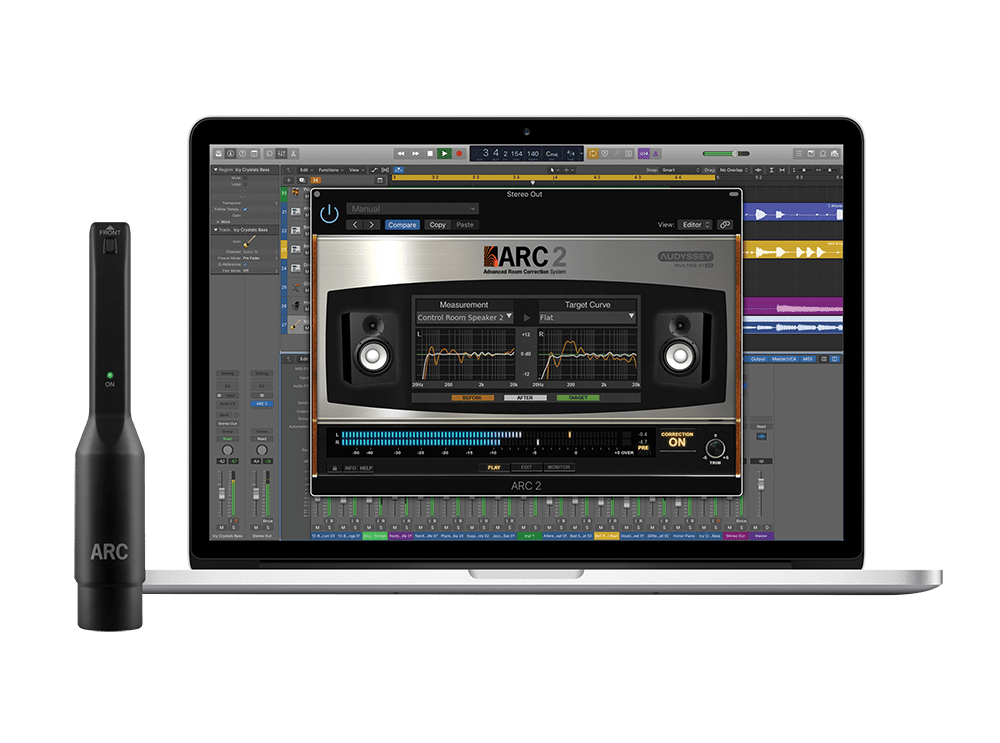
Sound bounces around your room after coming out of the monitors. If you have parallel walls, standing waves can build up and create a muddy sound. Room-correction software (eg, ARC 2 or Reference 3) analyses your room to find problems and uses software to compensate for room modes and speaker coloration.
